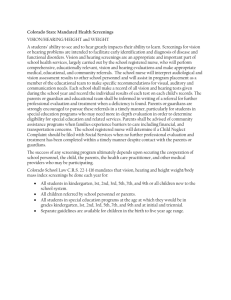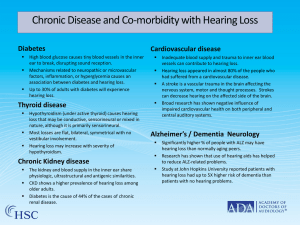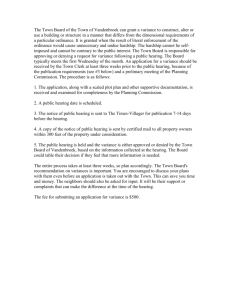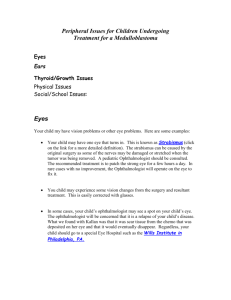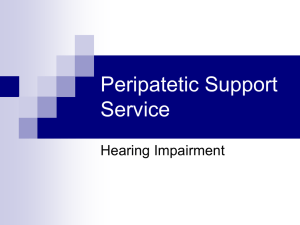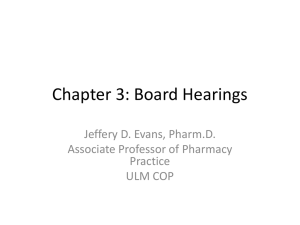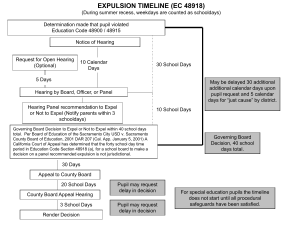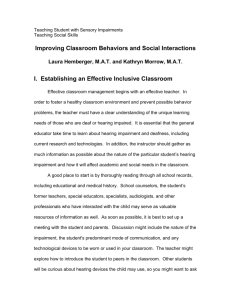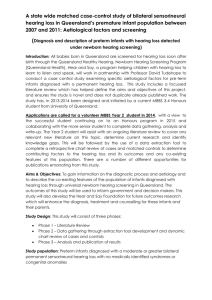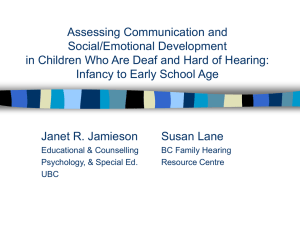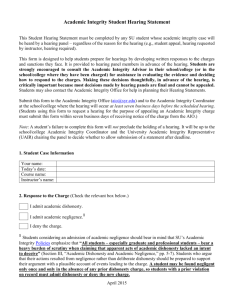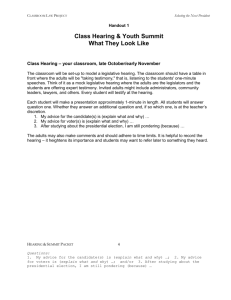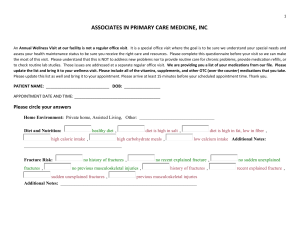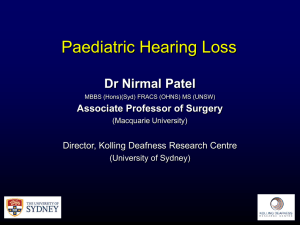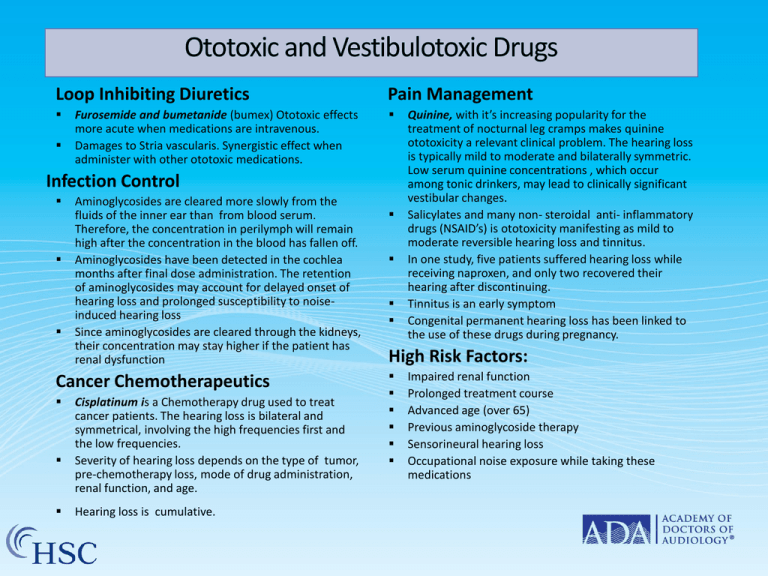
Ototoxic and Vestibulotoxic Drugs
Loop Inhibiting Diuretics
Pain Management
Furosemide and bumetanide (bumex) Ototoxic effects
more acute when medications are intravenous.
Damages to Stria vascularis. Synergistic effect when
administer with other ototoxic medications.
Infection Control
Aminoglycosides are cleared more slowly from the
fluids of the inner ear than from blood serum.
Therefore, the concentration in perilymph will remain
high after the concentration in the blood has fallen off.
Aminoglycosides have been detected in the cochlea
months after final dose administration. The retention
of aminoglycosides may account for delayed onset of
hearing loss and prolonged susceptibility to noiseinduced hearing loss
Since aminoglycosides are cleared through the kidneys,
their concentration may stay higher if the patient has
renal dysfunction
Cancer Chemotherapeutics
Cisplatinum is a Chemotherapy drug used to treat
cancer patients. The hearing loss is bilateral and
symmetrical, involving the high frequencies first and
the low frequencies.
Severity of hearing loss depends on the type of tumor,
pre-chemotherapy loss, mode of drug administration,
renal function, and age.
Hearing loss is cumulative.
Quinine, with it’s increasing popularity for the
treatment of nocturnal leg cramps makes quinine
ototoxicity a relevant clinical problem. The hearing loss
is typically mild to moderate and bilaterally symmetric.
Low serum quinine concentrations , which occur
among tonic drinkers, may lead to clinically significant
vestibular changes.
Salicylates and many non- steroidal anti- inflammatory
drugs (NSAID’s) is ototoxicity manifesting as mild to
moderate reversible hearing loss and tinnitus.
In one study, five patients suffered hearing loss while
receiving naproxen, and only two recovered their
hearing after discontinuing.
Tinnitus is an early symptom
Congenital permanent hearing loss has been linked to
the use of these drugs during pregnancy.
High Risk Factors:
Impaired renal function
Prolonged treatment course
Advanced age (over 65)
Previous aminoglycoside therapy
Sensorineural hearing loss
Occupational noise exposure while taking these
medications




